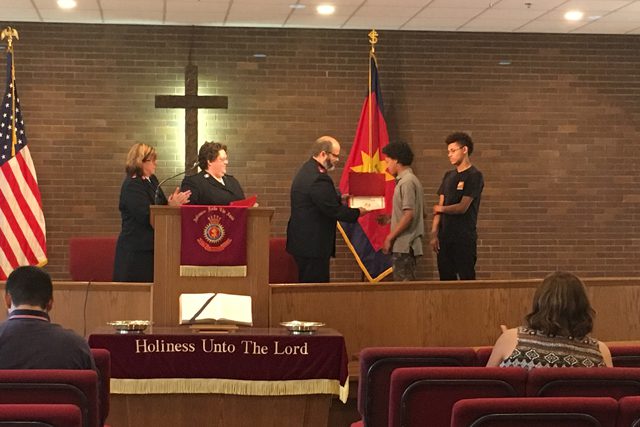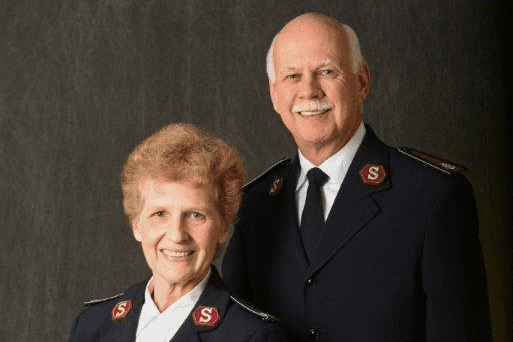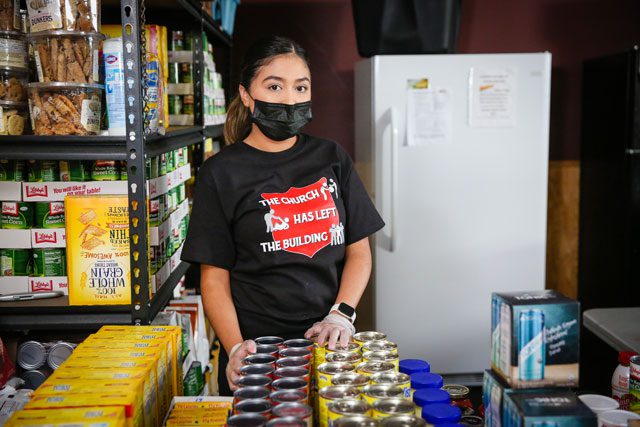Juvenile corrections program parlays community support into promising start
By Lizeth Beltran—
When Anna Malone stepped into the program director position for Bridging the Gap in Lockport, N.Y., she knew she had a lot to live up to.
Since its inception in Massachusetts, the juvenile corrections program has served over 6,600 youth. Eighty-seven percent of first-time offenders in the program did not reoffend within a year of completing the program, according to the 2015 Bridging the Gap Fund Report.
The 12-week program offers courses in communication skills, money management, employment, and anger management, for at-risk youth ages 12-17.
Although fairly new in Lockport, the program mirrors its New England counterpart and has caught the attention of local organizations in the community.
“I’ve been working on creating relationships with the police department and the city judge,” Malone said. “I invited the police chief to stop by whenever he’s available, to build up positive relationships with the youth involved.”
Many of the youth who participate in the program are first-time offenders who have committed minor offenses. If they don’t reoffend within a year, they are cleared of their charges.
“The difficult thing is to step in before first-time offenders are really down the wrong path,” she said. “We take referrals from the court; it’s up to them if a youth would be a good candidate.”
The program has faced a string of challenges along the way, particularly navigating the program through New York state law.
“It is significantly different from how Massachusetts law works,” Malone said. “In New York state, there are different sanctions if they violate their probation. The different sanctions are not enough to motivate participants. We did have people complete the program when they were younger, but that has been a problem. There is no significant incentive to complete the program unless they are ages 16-19, because they are in the city court at that age.”
The corps subsequently raised the age range from 12-17 to 16-19.
Former Program Director Envoy Wendy K. Senior, who currently works in Oswego, N.Y., as the assistant to the corps officer, said one of the other challenges is getting them enrolled and changing their mindset.
“One of my goals was to make sure participants realized the path they were on was not the right one,” Senior said. “They had to know that ‘if you don’t do this, you’re out of the program’ and I worked with them, hoping they had a change of heart or mindset on how they were going to do something.”
One of the key factors in making the program successful for Lockport has been community collaboration. William J. Watson, a judge in city court in Lockport has referred a number of cases to the program.
“What we love about Bridging the Gap is it puts a lot of different services under one umbrella,” Watson said. “So if we put them in the Bridging the Gap program, we know they’re going to get education in multiple areas such as responsibility, morality, education, family counseling, and planned parenthood type of counseling.”
Among 16-17 year-olds in Niagara County where Lockport resides, there were a total of 238 arrests in 2015 for committing a misdemeanor, non-violent felony and violent felony, according to the New York State Division of Criminal Justice Services. But Malone hopes to counteract this, one step at a time.
“The idea is plugging them into the community more and really investing in them during that 12-week period,” Malone said. “We have to invest in these kids and provide them with skills that they might otherwise not develop.”
The program has had 22 participants so far, with 12 graduating, eight completing the coursework but failing, and two not completing the program at all.
Bridging the Gap is currently available in the State of New York in Lockport and Oswego County.
Watson feels optimistic about the program and youth participating. “They still have their potential to change and turn into a successful life,” he said. “We don’t want to see them waste that opportunity.”












